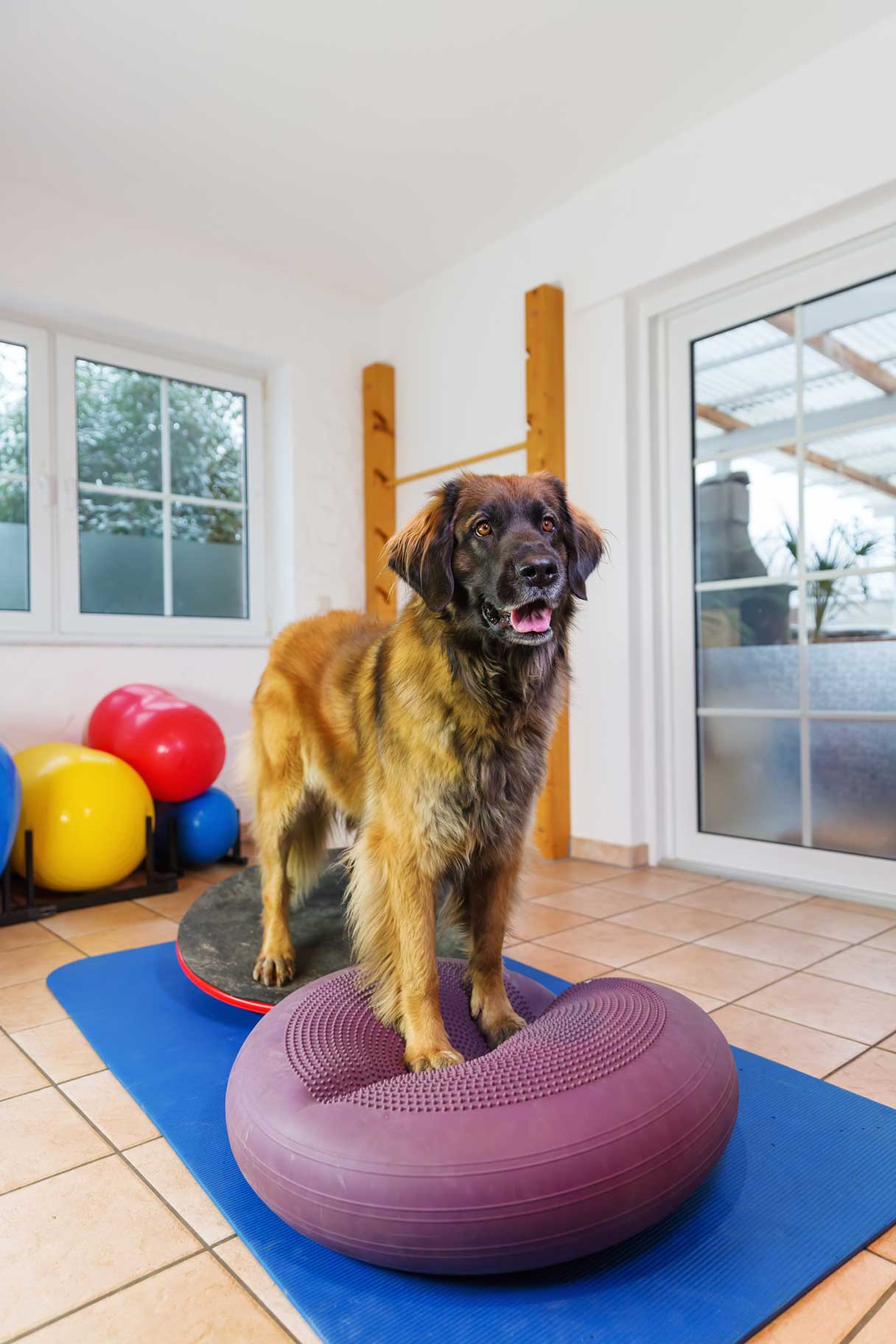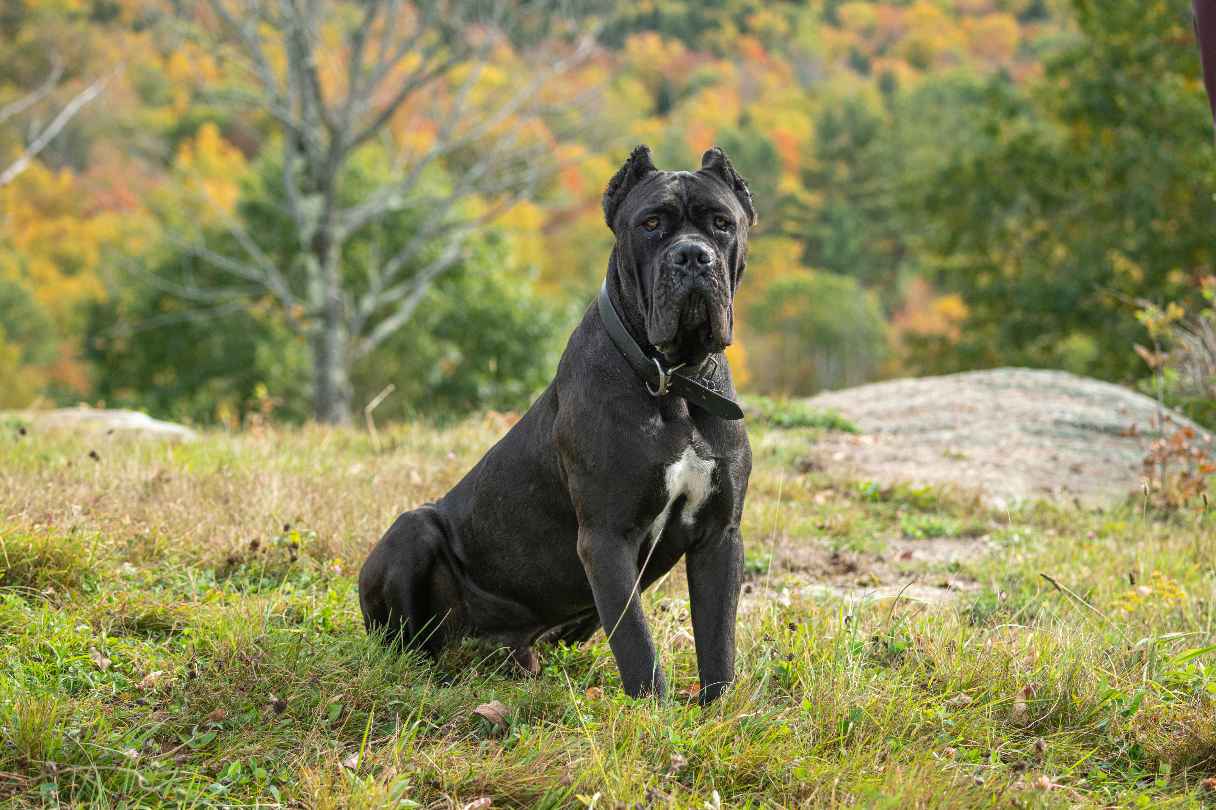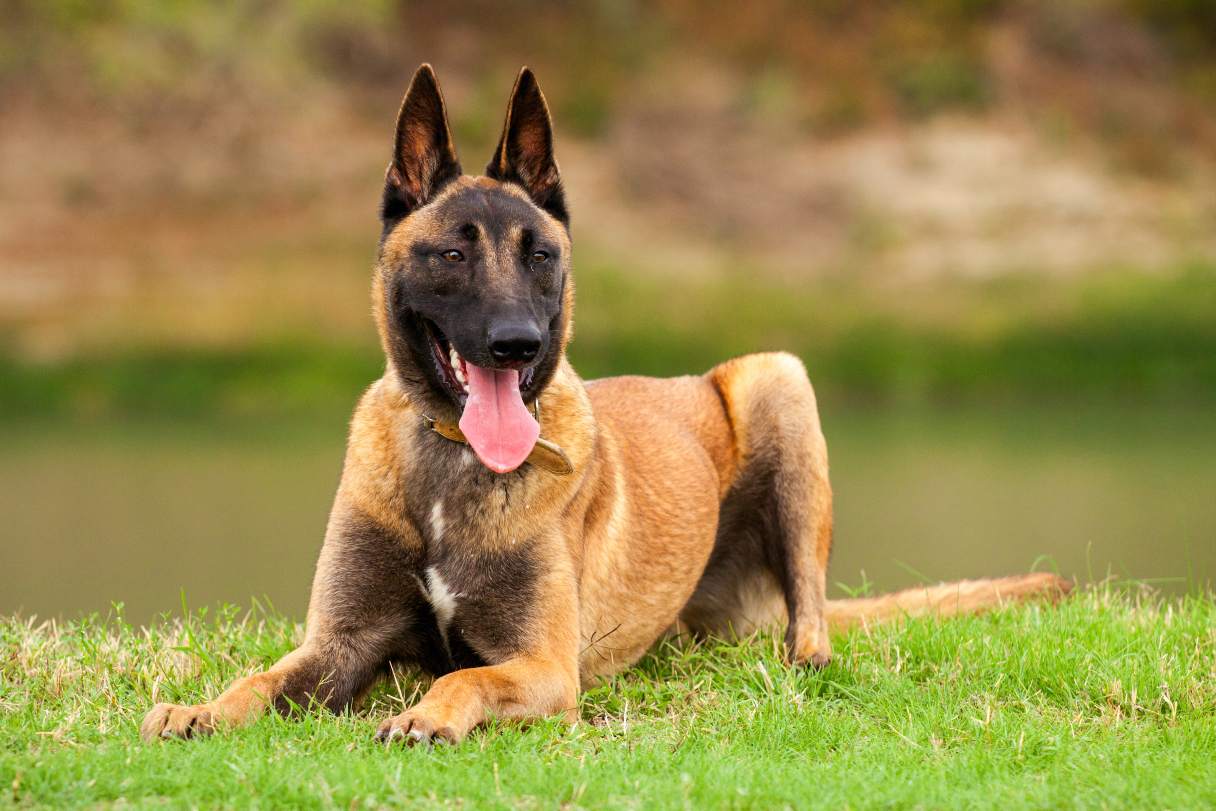You find your dog unable to walk and rush him to your veterinarian. The vet refers you to a surgeon who performs a laminectomy to repair a herniated disc in your dog's back. You’re told that your dog stands a good chance of recovering completely but will require lots of patience and weeks or months of dog therapy and rehabilitation. So, what's next?
Start by choosing a certified canine rehabilitation practitioner. Veterinary physical therapy should be performed by a licensed veterinarian or, if allowed by state law, a licensed, certified or registered veterinary or animal health technician educated in veterinary physical therapy, or a licensed physical therapist educated in animal anatomy and physiology.
Physical therapy helps paralyzed dogs live on
Physical therapy for paralysis and spinal injury can help dogs recuperate faster as they recover lost mobility in their joints and muscles, while helping to reduce pain. Different types of canine rehabilitation techniques that can help dogs after back surgery include joint range of motion exercises and functional retraining, as well as acupuncture and massage. All of these can help build strength and endurance, while assisting with balance and stimulating the dog’s limbs.
Dog rehabilitation therapy options
Some popular and effective canine physical therapy methods may include the use of treadmills, exercise balls, ramp or stair climbing. Jogging, sit-to-stand exercises, pulling or carrying weights, walking and trotting across rails, and playing ball also help dogs to regain mobility. Aquatic therapy usually involves an underwater treadmill or swimming in a pool with guidance for optimal exercise of the injured limb. In some cases, the use of assistive devices like braces or wheelchairs, ultrasound or low-level laser therapy can be beneficial canine rehabilitation tools.
How long does dog therapy and rehabilitation take?
The rehab period can depend on the severity of your dog's impairments, but generally a veterinarian or canine rehab specialist may recommend physical therapy two to three times a week for the duration of several weeks or months following an injury to maximize recovery. Dogs who have lost a significant amount of muscle mass after surgery may require a longer rehabilitation therapy period.
While the cost of dog physical rehabilitation therapy can vary depending on the extent of a dog’s injury, pet insurance plans may cover rehabilitation for services like therapeutic exercises, hydrotherapy, manual therapy, massage and more.1 Your veterinarian and a trained dog rehabilitation therapist can determine the most appropriate methods of treatment for your dog based on a number of factors including your dog’s illness or injury and your dog’s health.
Dog rehabilitation and physical therapy give paralyzed dogs the best chance for a full recovery. If your dog is unable to walk due to profound damage to the spinal cord, a therapist can assist you in caring for your dog, helping to avoid bedsores, eliminating muscle spasm and fitting the dog in a custom ambulation cart.
Did you know? You can use the CareCredit credit card to pay for rehabilitation and physical therapy for your dog, as well as exams, medications and products at participating veterinary practices nationwide.* Use the Acceptance Locator or download the CareCredit Mobile App to find a nearby practice that accepts the CareCredit credit card.








